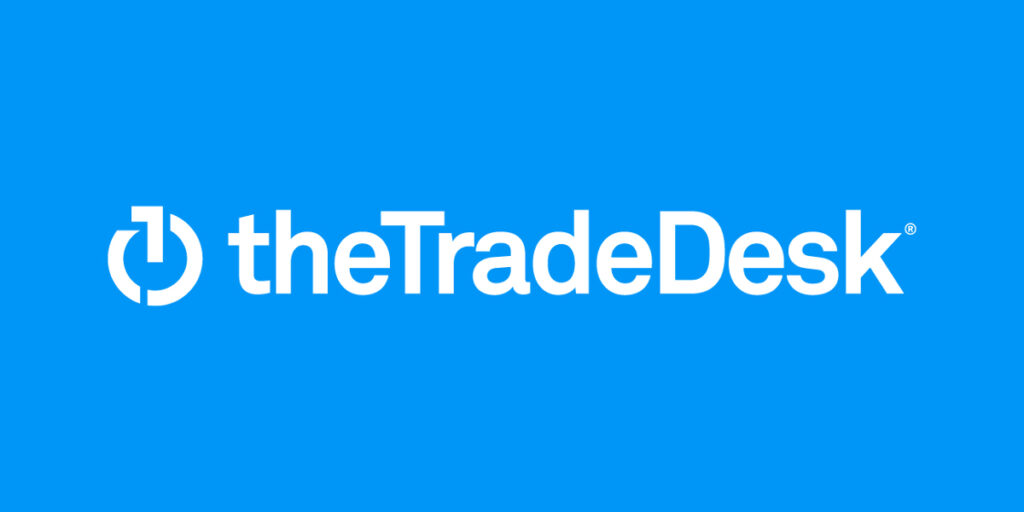The Trade Desk is indeed developing a CTV operating system. So much for dispelling those rumors. Weeks earlier, CEO Jeff Green said they were mistaken.
They were only mistaken if they believed this operating system would compete with others in the space. Classic ad tech boss sleight of hand. What they don’t say is frequently as telling as what they do.
Here’s the scoop on what this maneuver is (and isn’t).
What is The Trade Desk doing?
It is launching its own smart TV operating system, Ventura, which gives it complete control over the streaming TV experience. This lays the way for even greater expansion in its thriving CTV ad business, which now accounts for roughly half of total ad income and is continuously growing.
READ MORE: Fubo Introduces Interactive CTV Ad Formats With A 47% Greater Purchase Intent Rate
Why is this important?

The Trade Desk’s grip over CTV ad dollars is strengthened even further by its own operating system. With its operating system integrated into some of the world’s most popular televisions, it expands the range of data it can control — what people are watching, what adverts they are seeing — and feeds that information directly back into its own ad-buying platform. It’s a classic tech power move: own the pipes, and you’ll own the game.
What about television manufacturers? Will they play ball?
Maybe—but it’s a crowded field. Roku, Google, Amazon, LG, Hisense, and Samsung are just a few of the companies that currently dominate the TV OS industry. Winning over manufacturers will probably come down to economics. To make this profitable for all parties involved, the Trade Desk will need to establish more advantageous revenue-sharing agreements. In other words, people will need to pay to play.
READ MORE: Paramount’s CTV Division Records Its Second Consecutive Quarter Of Profitability
What does The Trade Desk imply about its prospects?
It’s no surprise that Green and his crew are confident. They’re banking that manufacturers will get on board, enticed by the possibility to increase their advertising revenue, which is a high-margin company. According to them, Ventura is a win-win situation: increased ad revenue for manufacturers and a firmer grasp on CTV for The Trade Desk.

“Everyone from OEMs to airlines and hotel chains are now in the streaming TV aggregation business, and they’re all trying to figure out the advertising business model while improving the viewer experience,” said Matthew Henick, Ventura’s vice president at The Trade Desk. “With our content objectivity and our scaled streaming TV advertising demand, The Trade Desk is uniquely positioned to drive innovation at this key moment.”
How does The Trade Desk spin this?
The story revolves around Ventura and follows all of The Trade Desk’s typical rhythms.
There’s the “cleaner supply chain” pitch: the corporation has spent years working to own its supply routes, from UID 2.0 (their alternative to third-party cookies) to OpenPath (direct publisher connections). Ventura fits right in. The news announcement stated that it is about “minimizing supply chain hops and costs — ensuring maximum ROI for every advertising dollar and optimized yield for publishers.”
Then there’s transparency, another popular buzzword. According to the news announcement, Ventura will integrate UID 2.0 and OpenPath, enabling marketers to “value and price ad impressions across all streaming platforms more accurately, while finding relevant audiences with greater precision.”
Ventura, in typical The Trade Desk style, is more than just an operating system; it’s a full-fledged case for why the company should be at the forefront of the future of streaming television.
Green explained: “This innovation must come from the operating system, and it must come from a firm that brings the objectivity of not owning any streaming TV programming. At The Trade Desk, all we want is a fair marketplace where supply chain costs are reduced and advertiser trust grows.”
Radiant TV, offering to elevate your entertainment game! Movies, TV series, exclusive interviews, music, and more—download now on various devices, including iPhones, Androids, smart TVs, Apple TV, Fire Stick, and more.


